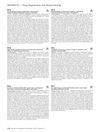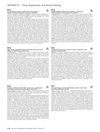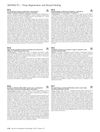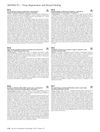Knockout of mTOR/Akt Inhibitor REDD1 Results in Hair Cycle-Independent Dermal Adipose Expansion by Promoting Adipocyte Differentiation
April 2019
in “
Journal of Investigative Dermatology
”
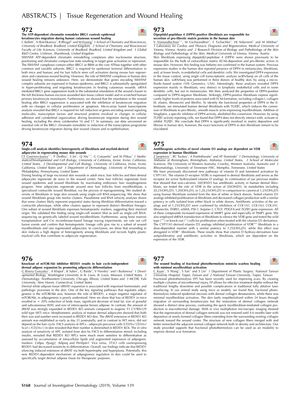
TLDR Removing REDD1 in mice increases skin fat by making fat cells larger and more numerous.
The study found that knocking out REDD1, an inhibitor of the mTOR/Akt pathway, in mice caused a significant increase in dermal white adipose tissue (dWAT) that was not related to the hair growth cycle. The increase was due to both larger and more numerous mature dermal adipocytes. Despite a 20% reduction in overall body mass and smaller fat deposits in other areas, the dWAT in REDD1 knockout mice was notably larger compared to wild type mice, starting from day 21 postnatally. The number of adipocyte precursor cells (APCs) was lower in these mice, but these cells were more responsive to differentiation signals, resulting in more intracellular lipid and higher expression of adipogenic markers. Conversely, cells with overexpressed REDD1 showed less differentiation. These results indicate that REDD1 is important for skin adipogenesis control, and its inhibition leads to increased dWAT through both cell enlargement and proliferation, which could be a potential therapeutic target for affecting dermal fat.
